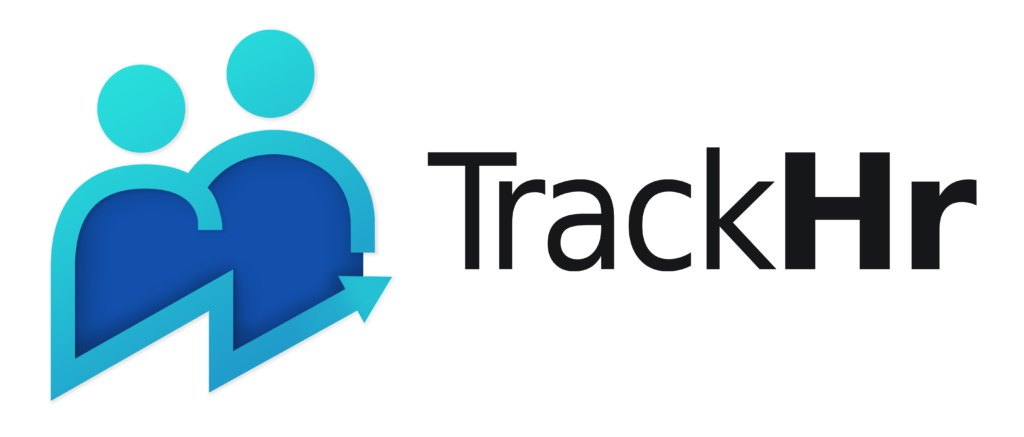Wednesday, 01 Jan 2024
Navigating Performance Management Systems: Strategies for Continuous Improvement and Employee Engagement
Performance management systems (PMS) are integral to driving organizational success and fostering a motivated workforce. When effectively designed and implemented, these systems serve as a bridge between company objectives and employee aspirations, creating a culture of continuous improvement and robust engagement. This article explores strategies to navigate PMS effectively, ensuring they deliver on both organizational and employee-centric goals.
The Dual Imperative: Continuous Improvement and Employee Engagement
Modern performance management is no longer just about evaluating employees annually. Instead, it prioritizes ongoing development and engagement, aligning personal and organizational growth. However, striking a balance between these priorities can be challenging. While organizations seek efficiency and innovation, employees crave recognition, clarity, and growth opportunities.
Continuous improvement involves refining processes, leveraging insights, and ensuring alignment with dynamic business landscapes. On the other hand, employee engagement emphasizes creating an environment where individuals feel valued, motivated, and committed to their roles.
Key Components of Effective Performance Management Systems
1. Goal Alignment and Clarity
Effective PMS begins with clearly defined goals that align individual roles with organizational objectives. By setting SMART (Specific, Measurable, Achievable, Relevant, and Time-bound) goals, employees understand their contributions to the company’s vision. Transparent communication and collaborative goal-setting enhance accountability and drive performance.
2. Real-Time Feedback and Communication
Traditional annual reviews are being replaced by real-time feedback mechanisms that foster continuous dialogue between employees and managers. Constructive feedback delivered promptly helps employees adjust course, stay motivated, and improve performance. Leveraging tools like 360-degree feedback or check-ins ensures a holistic approach to performance evaluation.
3. Employee Development and Growth
Performance management is not merely about assessment but also about growth. Identifying skill gaps and tailoring development plans encourage employees to upskill and adapt to evolving demands. Providing opportunities for training, mentorship, and career advancement enhances employee satisfaction and organizational resilience.
Timely recognition of achievements boosts morale and reinforces desired behaviors. A well-designed rewards system—whether monetary, experiential, or recognition-based—can significantly impact motivation. Customizing rewards to suit diverse employee preferences ensures inclusivity and effectiveness.
5. Data-Driven Decision-Making
Modern PMS relies on analytics to derive actionable insights. Metrics like productivity, engagement levels, and performance trends guide decision-making and enable predictive analysis. This data-driven approach helps identify potential challenges early and tailor interventions accordingly.
Strategies for Continuous Improvement
1. Agility in System Design
An effective PMS is dynamic, evolving with organizational needs and employee feedback. Regularly revisiting and refining metrics ensures relevance and efficiency, fostering a culture of adaptability.
2. Promoting a Feedback Culture
A feedback-driven culture begins with training leaders to provide constructive and actionable input. Encouraging peer-to-peer feedback broadens perspectives, fostering trust and collaboration.
3. Leveraging Technology
HR technology and automation simplify administrative tasks and provide deeper insights into performance trends. Tools like AI-driven analytics, goal-tracking apps, and integrated PMS platforms streamline processes and enhance accuracy.
4. Encouraging Collaboration
Collaboration fuels innovation and strengthens team dynamics. Aligning team goals with organizational objectives and promoting cross-functional projects encourage synergy and shared accountability.
Enhancing Employee Engagement Through PMS
1. Employee-Centric Systems
PMS should empower employees to take ownership of their goals and performance. Integrating well-being metrics and flexible tracking mechanisms reflects a holistic approach to engagement.
2. Transparent Practices
Fair and bias-free evaluations build trust. Transparent communication about evaluation criteria and feedback fosters a sense of equity and inclusion.
3. Autonomy and Ownership
Granting employees the autonomy to make decisions and manage their goals instills confidence and accountability. Linking individual contributions to organizational success reinforces purpose and motivation.
4. Celebrating Milestones
Recognition of both successes and lessons learned from failures fosters a culture of resilience and continuous improvement. Celebrating milestones—big and small—builds camaraderie and morale.
Case Studies and Best Practices
Leading organizations provide valuable insights into effective PMS implementation:
• Case Study 1: A global tech company replaced annual appraisals with quarterly check-ins, increasing employee satisfaction by 25%.
• Case Study 2: A healthcare organization’s adoption of AI-driven analytics reduced performance discrepancies and boosted engagement by 30%.
Lessons from such cases highlight the importance of adaptability, transparency, and leveraging technology to drive success.
Conclusion
Performance management systems are pivotal in achieving organizational goals while nurturing a motivated and engaged workforce. By focusing on continuous improvement and employee engagement, businesses can create a harmonious and productive work environment. As PMS evolves with advancements in technology and changing workforce dynamics, organizations must remain agile, inclusive, and employee-focused. Navigating this landscape effectively ensures sustainable growth and a thriving, engaged workforce.
